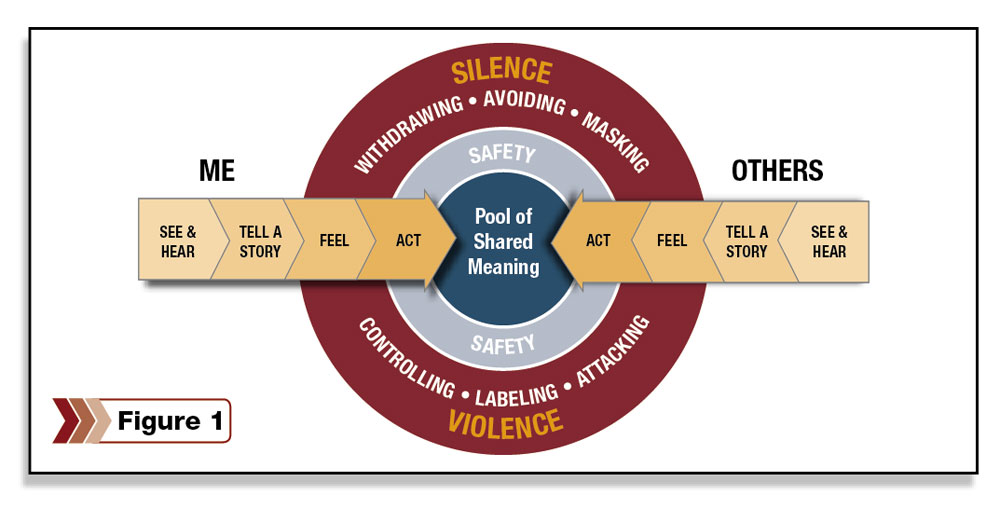Emotional Intelligence

“Nobody cares how much you know until they know how much you care.”
― Theodore Roosevelt
Some organizations focused on hiring the smartest people. In today’s ever-changing and constantly connected world just having the smarts is not enough. You must also be able to work with people of various personalities. Knowing yourself and each person you interact with will help you better relate and communicate.
It is imperative that you know your own personality. Myers Briggs is one of the best personality tests to take. You can take the test for free at 16personalities.com where you will also receive feedback your strengths and weaknesses as well as additional information that will help you better understand your own personality.
By studying various personality types you will realize that many times people’s verbal, written, and body communication styles and tendencies are driven by their personality. Knowing that certain people will tend to communicate in certain ways due to their personality type and not their motives will enable you to be more patient and gracious with people. The more you practice intentional listening and observing people’s behaviors for clues, the more you will be able to identify their personality type. Knowing a person’s personality type and tendencies of people with those types of personalities will help you make less negative assumptions about people and get to the root of the matter without spiraling the conversation out of control.
In addition to knowing the basic 16 personality types you can employ other tools when communicating with people. In the book “Crucial Conversations” the authors, Joseph Grenny and Kerry Patterson define a crucial conversation as a conversation composed of Opposing Opinions, High Stakes, and Strong Emotions. They provide a model (see Figure 1 below) of how crucial conversations typically flow. Under normal circumstances where both people do not employ any tools to come to a solution the conversation spirals out of control. That is the case due to each person seeing and hearing what the other is saying and how they’re saying it. At this point the first person creates a story in their mind and draws a conclusion. Based on that story their feelings flare out. Based on the feelings they then act out. The other person then sees and hears the actions and words, create their own story, feel out the story and likewise act out. This ends in a negative spiral. In order to break out of the negative downward spiral, each person needs to pause and question the story they make up in their mind prior to feeling and acting it out. Crucial Conversations describes various tools to do so. Ultimately we need to increase the Pool of Shared Meaning by increasing the Safety in the conversation. Safety is increased when each person shares information without attaching or ignoring the other person.
In order to break out of the negative downward spiral, each person needs to pause and question the story they make up in their mind prior to feeling and acting it out. Crucial Conversations describes various tools to do so. Ultimately we need to increase the Pool of Shared Meaning by increasing the Safety in the conversation. Safety is increased when each person shares information without attaching or ignoring the other person.
For more info on emotional intelligence check out the following books.
